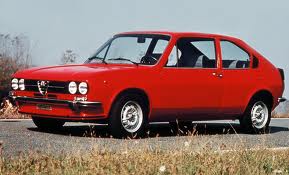
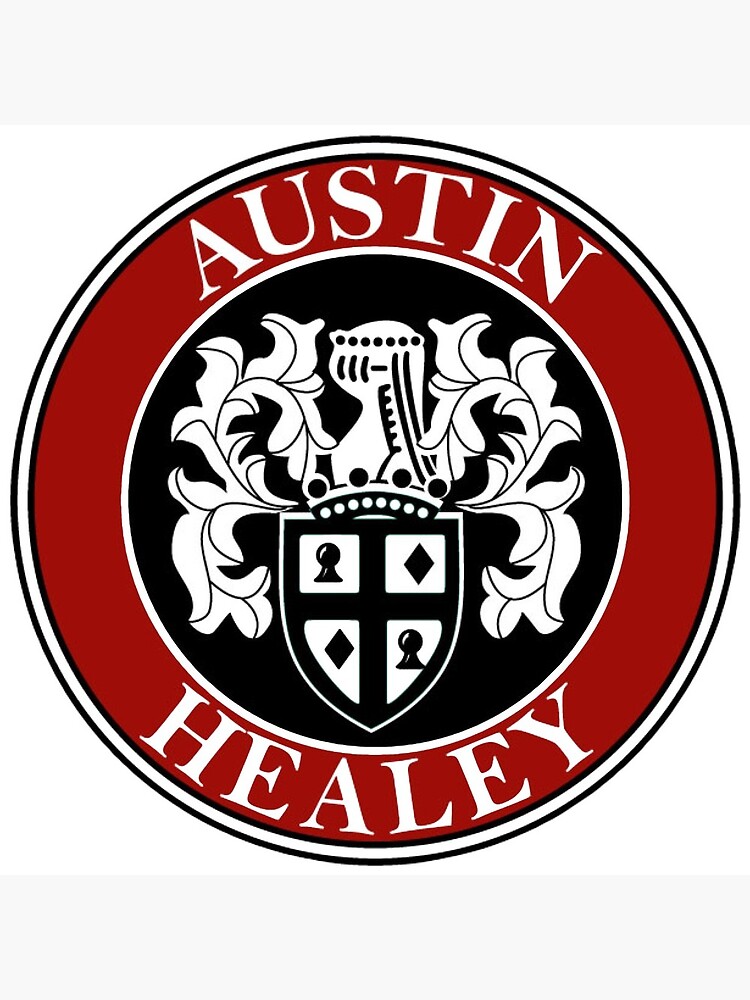

This edition of the Austin-Healey Sprite MK1 AN5 is the 4 speed / Manual version and was first brought out in 1958. This was at around the same time as the introduction of the 1959 Ferrari 410 Superamerica Series 3 and the 1959 Aston-Martin DB4 GT Zagato.This particular Austin-Healey Sprite has a 948cc Naturally Aspirated Petrol powerplant with 4 cylinders in a St formation.
The Sprite shares its Petrol St4 engine configuration with the likes of the 2019 Ariel Atom 4 2.0 Turbo and the 2013 Caterham 7 620 R 2.0 L Supercharged. If you're looking for other fast cars which share the Sprite's Rear Wheel Drive, Cabriolet combination then how about the 1982 Fiat X1/9 1.5 8V or the 1965 Aston-Martin DB6 1965.
Weighing in at 670 kgs (1477 lbs) this makes the Austin-Healey Sprite MK1 AN5 in the same weight category as the 1964 Austin-Healey Sprite MKIII AN8 or the give or take 50kg.
In terms of power the 948cc 8V St4 engine produces 43 bhp (32 kW) @ 5000 rpm similar to the 2013 BMW i3 0.6l Hybrid (34 bhp) or the 2005 Citroen C1 1.0 VTR 3dr (67 bhp).
The Naturally Aspirated St4 throws out 52 lb-ft (70.5 Nm) @ 3000 rpm placing it with cars of similar torque performance figures such as the 2013 BMW i3 0.6l Hybrid (41 lb-ft) or the 2005 Citroen C1 1.0 VTR 3dr (68 lb-ft).
If one combines the weight with power or torque performance for the Austin-Healey Sprite you can get a better idea of it's real world performance.
![Ford Fiesta 1.6 Zetec S - [2005] image Ford Fiesta 1.6 Zetec S - [2005] image](/editionimages/250.jpg)
The 2005 Ford Fiesta 1.6 Zetec S (89.1 bhp per ton) has similar Bhp Per Ton stats as the Austin-Healey Sprite.
The Austin-Healey Sprite has a Power to weight ratio of 64.1 bhp per ton and 77.6 lb-ft per ton. Bhp Per Ton figures of the 1958 Sprite competing with the 2005 Ford Fiesta 1.6 Zetec S (89.1 bhp per ton) or the 2022 Mini Cooper Countryman John Cooper Works 1.5 Turbo (89.0 bhp per ton).
If you agree with the late great Carroll Shelby then arguably an even better indicator of potential performance, Torque. Use weight as well and you end up with - Torque per ton, with the Austin-Healey Sprite generating around 77.6 lb-ft per ton. If you're curious as to what other cars have as much torque to weight then look no further than the 1962 Rover P5 MkII/III (102.3 lb-ft per ton) or the 2000 Citroen C2 VTR (102.3 lb-ft per ton).
With a 0-60mph time of 18.40 secs or a 0-100km/h (0-62mph) of 19.0 secs, this made the Austin-Healey Sprite MK1 AN5 as fast as the 1949 Jaguar Mark V 3.5L (18.90 secs) the 1939 Aston-Martin Atom 2.0L (19.00 secs) the 1953 Ford F-100 4.5 V8 (20.00 secs) the or the 1996 Hummer H1 6.5 V8 2 Door (20.10 secs). This Austin-Healey Sprite MK1 AN5 is also faster than the 1949 Jaguar Mark V 3.5L (18.90 secs) the 1939 Aston-Martin Atom 2.0L (19.00 secs) the 1953 Ford F-100 4.5 V8 (20.00 secs) the and the 1996 Hummer H1 6.5 V8 2 Door (20.10 secs).
When talking about the performance of the Austin-Healey Sprite on the drag strip it can reach a quarter mile in an estimated 20.82 secs @ 65.7 mph. Similar performance down the quarter mile can be found with the the 2012 Jaguar XJ V6 (20.72 secs), the 1983 Jaguar XJ S 3.6 Coupe (20.74 secs), and the 2011 Renault Twingo 1.6 133 Renaultsport Cup (20.75 secs).
Modern performance cars are often artificially restricted to 155mph. The 1958 version of the Austin-Healey Sprite MK1 AN5 has a maximum speed of 83mph.
If maxing out your car on the AutoBahn is your thing and you're wondering what's faster than the 1958 Austin-Healey Sprite MK1 AN5 then how about the 1976 Ford Cortina Mk4 1600 GL (94 mph), the 1980 Ford Mustang M81 Mclaren 2.3 Turbo (95 mph), or the 1966 Austin-Healey Sprite MK IV AN8 (95 mph).



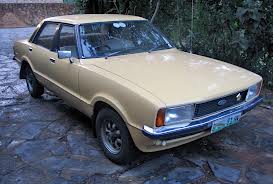
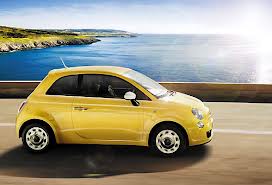
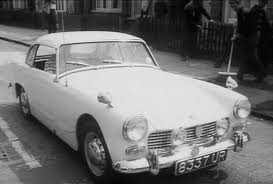
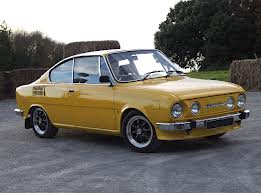


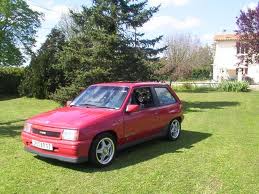
Vauxhall-Opel Nova 1.6i GTE
Engine: Naturally Aspirated Petrol | 1598cc 8v St4
Top Speed: 117 mph
0-60mph: 9.10 seconds

Peugeot 206 2.0 GTi
Engine: Naturally Aspirated Petrol | 1997cc 16v St4
Top Speed: 209.2 kph
0-100kph: 7.6 seconds



















